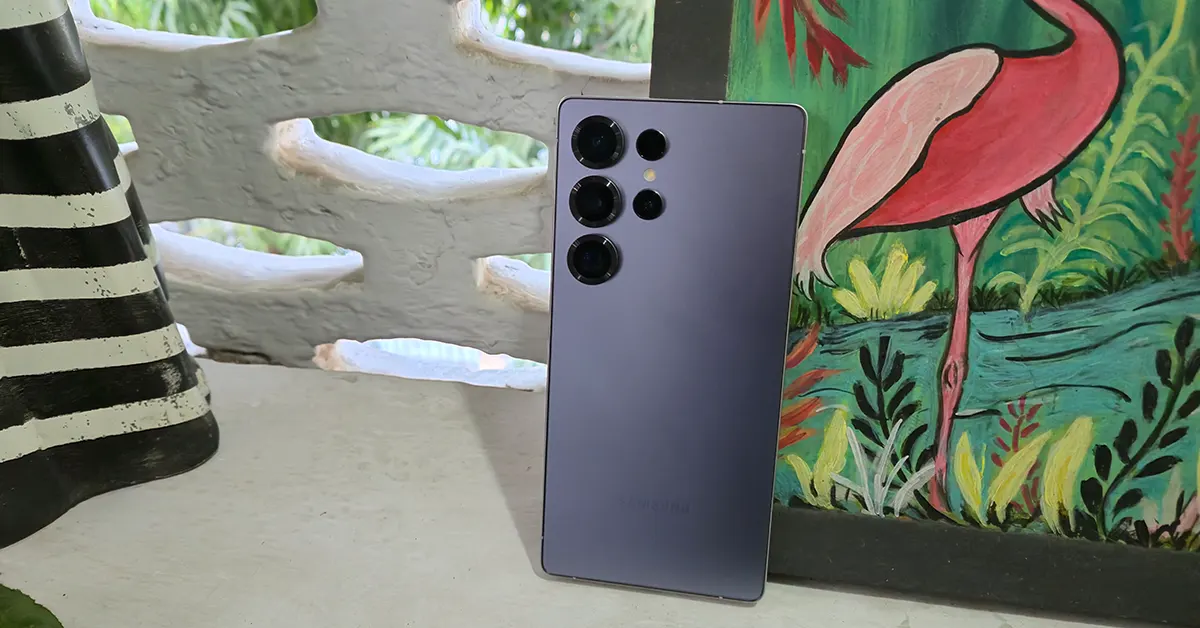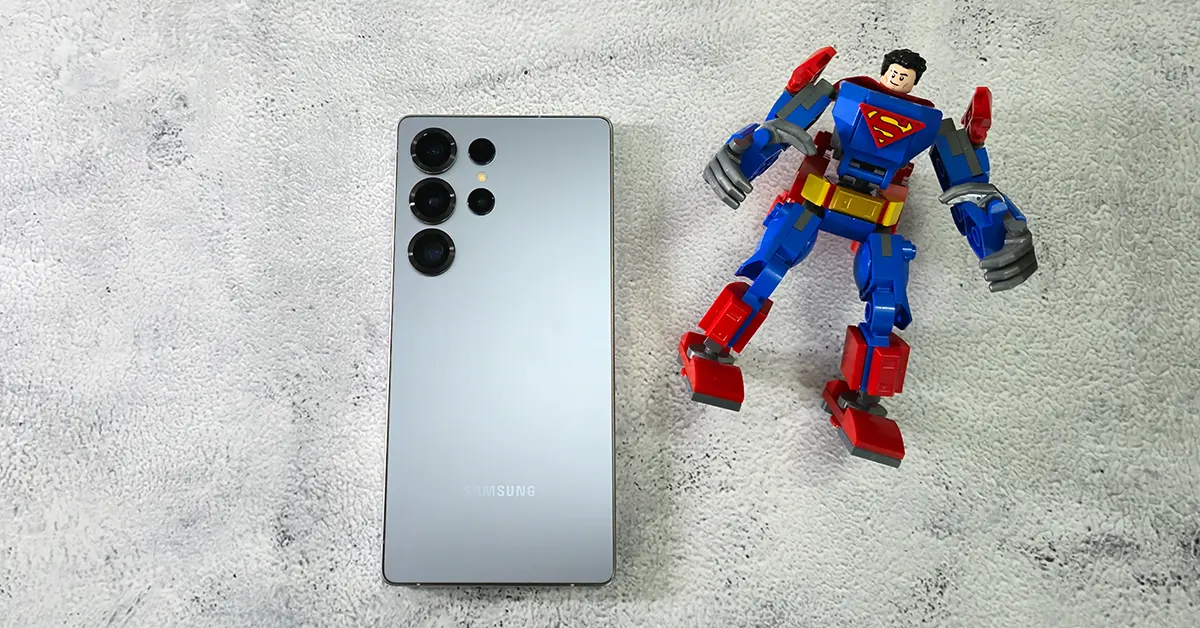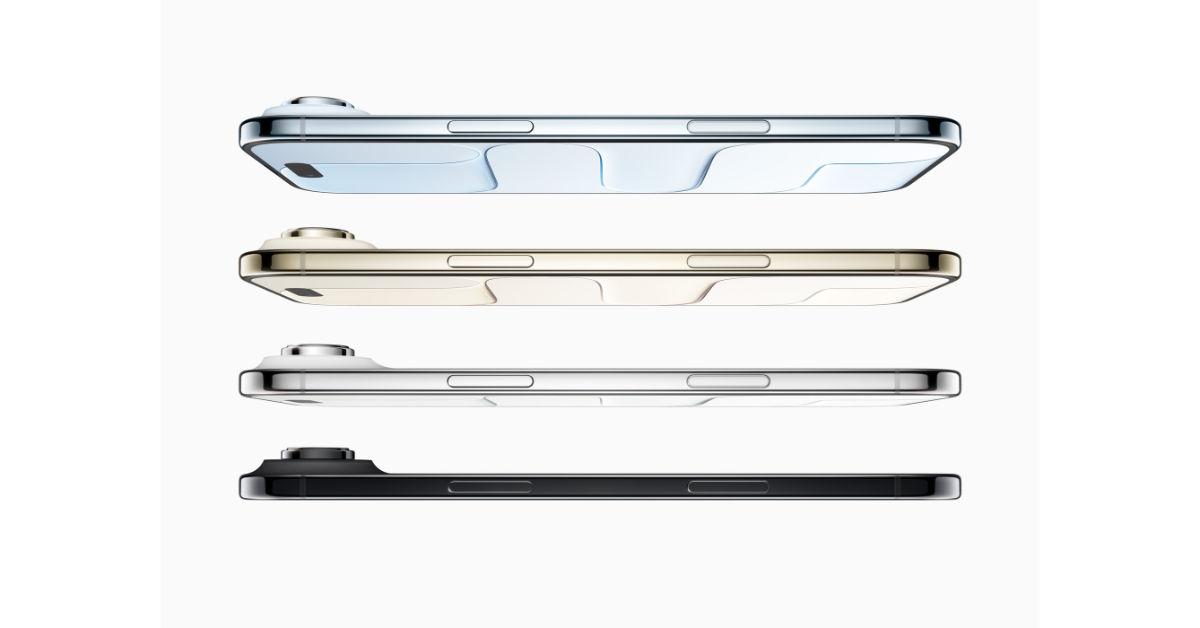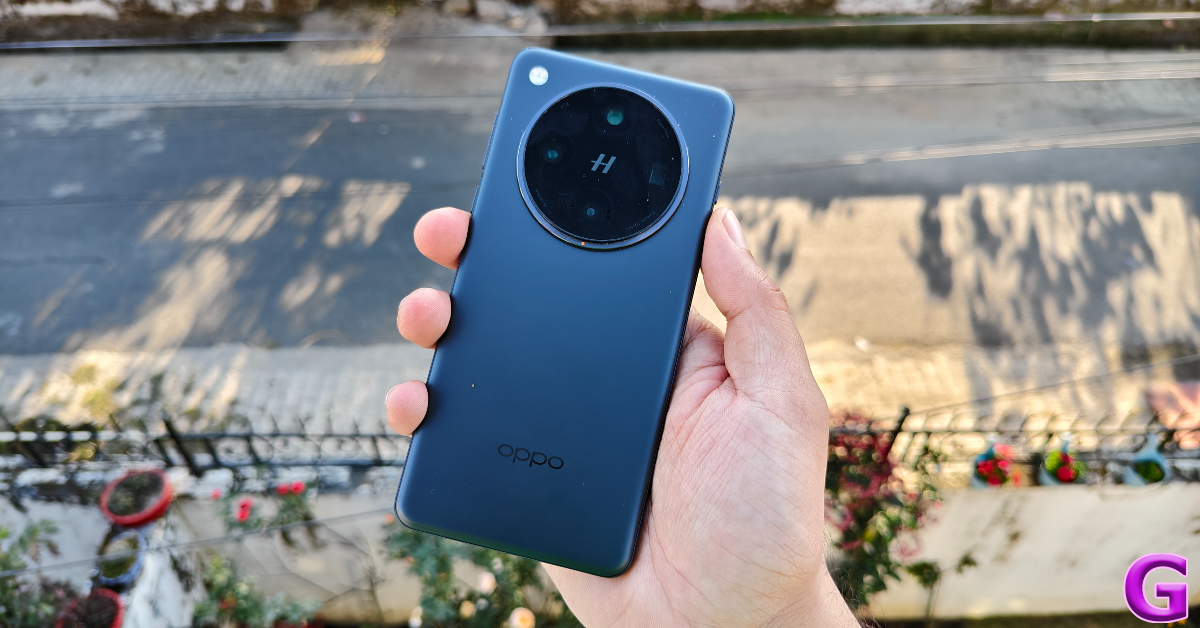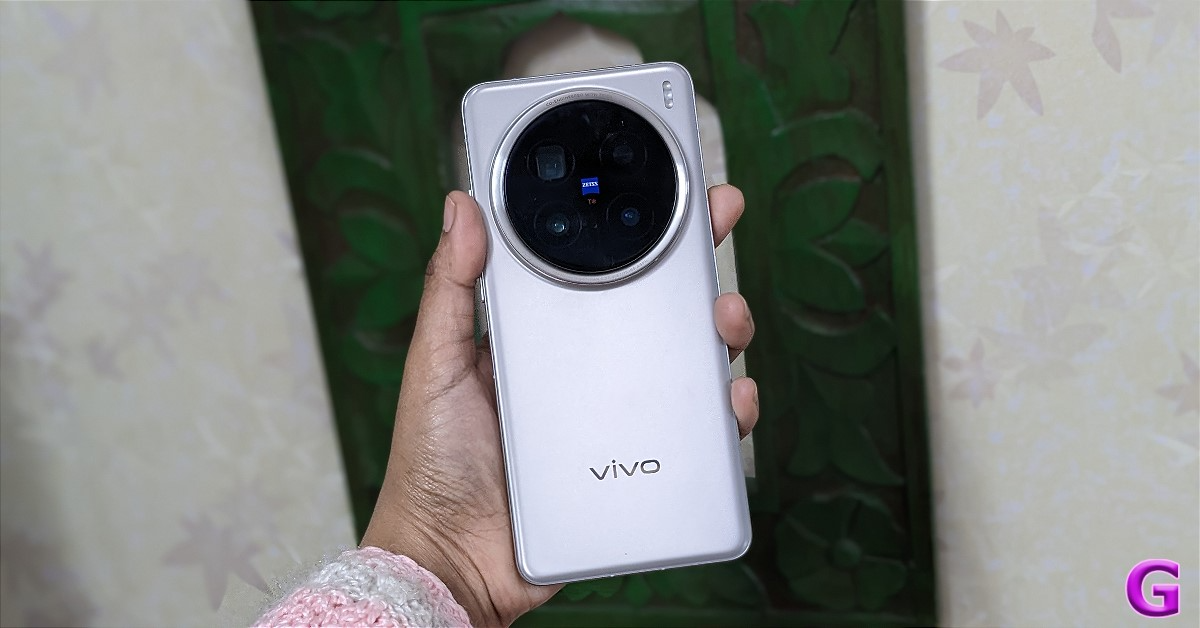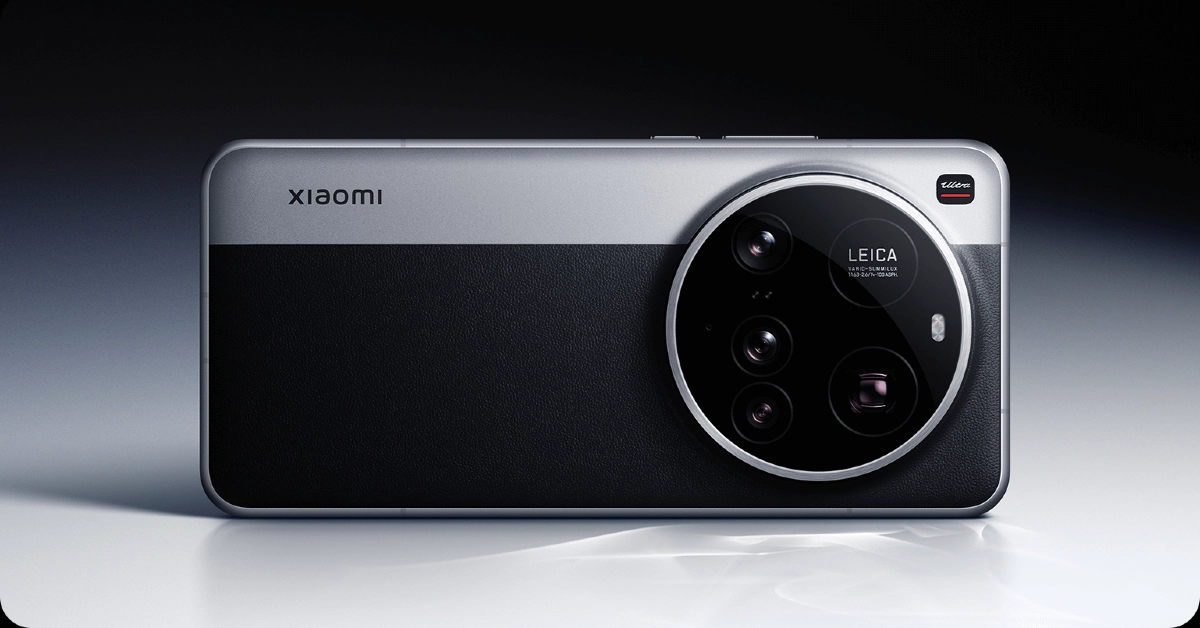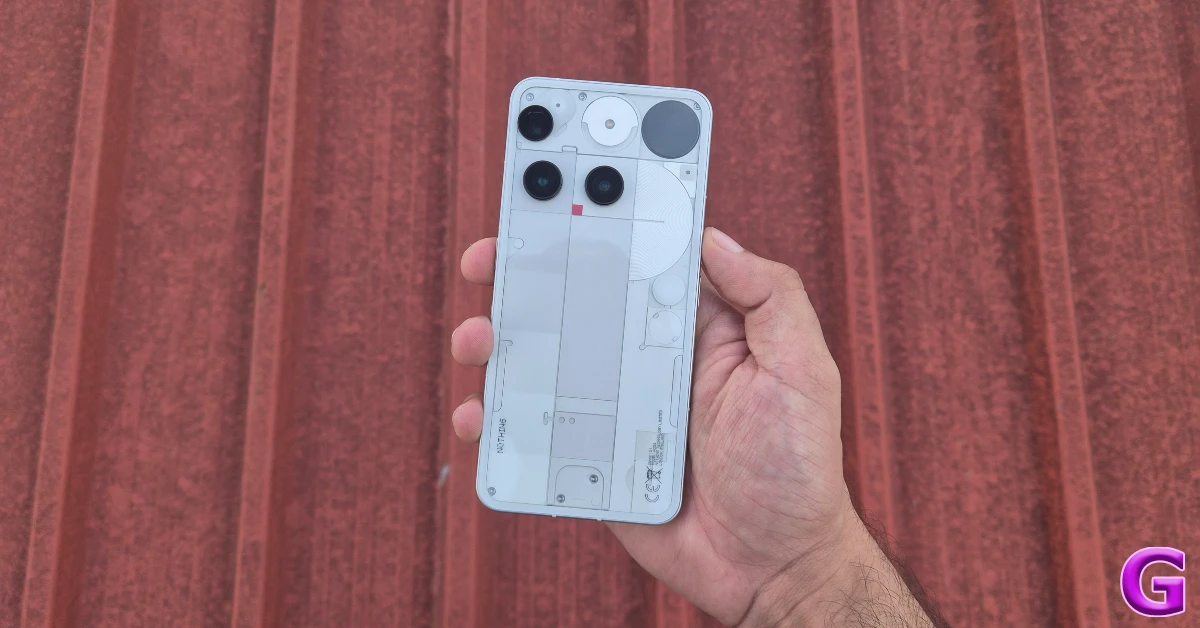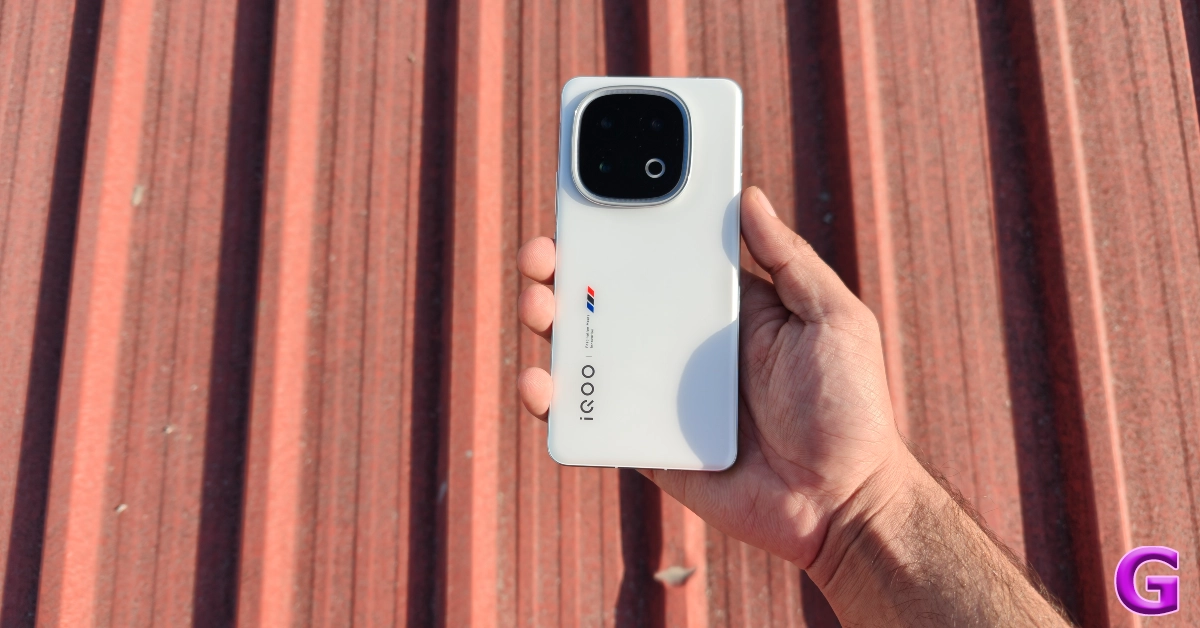With Apple, Samsung, and Google releasing their flagship offerings in the last couple of months, the premium smartphone segment has never been more buzzing this year. Whether you’re in the market for a foldable or a slim phone, this is the best time to buy a smartphone. These flagship devices may require breaking the bank, but their high-end hardware and long software coverage make them future-proof. So, without further ado, let’s take a look at the top 10 premium smartphones in October 2025.
Read Also: Volleyball Legends Codes (October 2025)
In This Article
Samsung Galaxy S25 Ultra
Widely regarded as the ‘everything smartphone’, Samsung’s top-spec model in its flagship Galaxy S Series can do it all. The S25 Ultra is powered by the Snapdragon 8 Elite chipset. It runs the Android 15-based One UI 7 OS out of the box. Its 6.9-inch Dynamic LTPO AMOLED 2X display has a 120Hz refresh rate and can reach a peak brightness of 2,600 nits. The rear quad camera setup of this phone comprises a 200MP primary shooter, a 50MP ultrawide lens, a 10MP telephoto lens with 3x optical zoom, and a 50MP periscope telephoto lens with 5x optical zoom. The 5,000mAh battery pack supports 45W wired and 15W wireless charging. Read our Samsung Galaxy S25 Ultra review to learn more about the smartphone.
Pros
- Powerful chipset
- Smooth display
- AI features
Cons
- Does not have an IP69 rating
iPhone Air
With a thickness of just 5.6mm, the iPhone Air is the slimmest smartphone in the market right now. It is powered by the same chipset as the Pro iPhone models this year – Apple A19 Pro. Its 6.5-inch LTPO Super Retina XDR OLED display has a 120Hz refresh rate and can reach a peak brightness of 3,000 nits. The smartphone runs iOS 26 out of the box. Its rear camera bar features a single 48MP shooter. Up front, an 18MP selfie camera is housed in the Dynamic Bar. The smartphone is equipped with a 3,149mAh battery pack. There’s USB-C and MagSafe/Qi2 charging options onboard.
Pros
- Sleek
- Cool design
- Powerful chipset
Cons
- Single rear camera
Google Pixel 10
The entry-level variant in this year’s Pixel lineup has closed the gap with the Pro models even further. The Pixel 10 is powered by Google’s in-house Tensor G5 processor and runs Android 16 out of the box. Its 6.3-inch OLED display has a 120Hz refresh rate and can reach a peak brightness of 3,000 nits. The triple rear camera array comprises a 48MP primary shooter, a 13MP ultrawide lens, and a 10.8MP telephoto lens with 5x optical zoom. The smartphone is rated IP68 for protection against exposure to dust and water. Its 4,970mAh battery pack supports 30W wired and 15W wireless charging. Read our Google Pixel 10 review to learn more about the smartphone.
Pros
- Nice design
- Telephoto lens
- Pixelsnap
Cons
- Runs a little warm
Oppo Find X8 Pro
The Pro model in Oppo’s Find X8 series is one of the best camera-centric phones around. At the heart of this device lies the MediaTek Dimensity 9400 SoC. The OS duties are handled by the Android 15-based ColorOS 15 out of the box. The smartphone has been promised to receive 5 major OS upgrades. Its 6.78-inch LTPO AMOLED display has a 120Hz refresh and can reach 4,500 nits of peak brightness. Like the iPhone, it has a dedicated camera shutter button on the right edge of the frame. The AI suite on this device comprises features like AI Eraser, AI Best Face, AI Studio, AI Toolbox, and more. The rear camera panel houses 4 50MP sensors, one each for the primary shooter, 3x telephoto lens, 6x telephoto lens, and ultrawide lens. The 5,910mAh battery supports 80W wired and 50W wireless charging. For a deeper dive into its camera performance, read our Oppo Find X8 Pro review.
Pros
- Great cameras
- Dedicated shutter button
- Fast charging
Cons
- Optical fingerprint sensor instead of an ultrasonic unit
Vivo X200 Pro
Vivo’s flagship smartphone is also powered by the MediaTek Dimensity 9400. It runs the Android 15-based Funtouch 15 OS out of the box. Vivo has promised 4 major OS upgrades for this phone. The 6.78-inch LTPO AMOLED display has a 120Hz refresh rate and can reach a peak brightness of 4,500 nits. The smartphone’s camera setup is tuned by Zeiss. The rear camera array comprises a 50MP primary shooter, a 200MP periscope telephoto lens with 3.7x optical zoom, and a 50MP ultrawide lens. The 6,000mAh Si/C battery pack supports 90W wired and 30W wireless charging. Take a look at our review of the Vivo X200 Pro to learn more about the device.
Pros
- Great cameras
- Smooth display
- IP68/IP69 rating
Cons
- Only 4 major OS upgrades
Xiaomi 15 Ultra
The Ultra variant in the Xiaomi 15 series is loaded with high-end specs. It is powered by the Snapdragon 8 Elite chipset and runs the Android 15-based HyperOS 2. Its 6.73-inch LTPO AMOLED display has a 120Hz refresh rate and a peak brightness of 3,200 nits. The 50MP primary shooter on this phone has a 1-inch aperture. Joining this sensor in the rear camera array are a 50MP 3x telephoto lens, a 200MP 4.2x periscope telephoto lens, and a 50MP ultrawide lens. All cameras on this phone are tuned by Leica. The 5,410mAh battery pack supports 90W wired and 80W wireless charging.
Pros
- Great cameras
- Powerful processor
- Fast charging
Cons
- Only 4 major OS upgrades
Samsung Galaxy Z Flip7
If you’re more interested in buying a foldable phone, you should check out the Galaxy Z Flip7. Its 4.1-inch AMOLED cover display has a 120Hz refresh rate and can reach a peak brightness of 2,600 nits. The same goes for its 6.9-inch foldable inner AMOLED display. The smartphone is powered by the Exynos 2500 chipset and runs the Android 16-based One UI 8 OS out of the box. It has been promised to receive 7 major OS upgrades. The smartphone’s rear camera array houses a 50MP primary shooter and a 12MP ultrawide lens. The 4,300mAh battery pack supports 25W wired and 15W wireless charging. Read our Samsung Galaxy Z Flip7 review to learn more about the foldable.
Pros
- Great hardware
- Big cover display
- Galaxy AI
Cons
- Runs a little warm
OnePlus 13
The OnePlus 13 manages to bring together all of the essential ‘flagship’ specs under one hood without costing an obscene amount of money. It is powered by the Snapdragon 8 Elite chipset and runs the Android 15-based OxygenOS 15 out of the box. Its 6.82-inch LTPO 4.1 AMOLED display has a 120Hz refresh rate and can reach a peak brightness of 4,500 nits. The rear camera panel houses a 50MP primary shooter, a 50MP periscope telephoto lens with 3x optical zoom, and a 50MP ultrawide lens. All three of these sensors are tuned by Hasselblad. The 6,000mAh Si/C battery pack supports 100W wired and 50W wireless charging. Check out our OnePlus 13 review to learn more about the smartphone.
Pros
- Great chipset
- Bright display
- Affordable
Cons
- Not the most unique design
Nothing Phone (3)
The Nothing Phone (3) may not be a ‘true’ flagship, but it is one of the most aesthetically pleasing phones out there. Its see-through back panel has a unique ‘Glyph Matrix’ that displays key information like the time and compass directions, and carries out some basic tasks like starting a timer, launching the camera viewfinder, and more. The smartphone is powered by the Snapdragon 8s Gen 4 processor. The 6.67-inch OLED display has a 120Hz refresh rate and a peak brightness of 4,500 nits. The 5,500mAh battery pack supports 65W wired and 15W wireless charging. Check out our review of the Nothing Phone (3) for more details about its everyday performance.
Pros
- Cool design
- Glyph Matrix
- Clean OS
Cons
- Needs a better cooling system
iQOO 13
If you’re looking for a dedicated gaming smartphone, the iQOO 13 is one of the best in its genre. Its dual-processor combo consists of the Snapdragon 8 Elite SoC and iQOO’s in-house Supercomputing Chip Q2. There’s a 7K Ultra VC Cooling System on board to keep the internal temperature in check. The 6.82-inch LTPO AMOLED display has a 144Hz refresh rate and can reach a peak brightness of 4,500 nits. The rear camera panel comprises a 50MP primary shooter, a 50MP telephoto lens with 2x optical zoom, and a 50MP ultrawide lens. Read our iQOO 13 review for a deeper dive into its gaming performance.
Pros
- Great for gaming
- Dynamic light
- Fast charging
Cons
- Lacks wireless charging
Read Also: Amazon unveiled AI-powered Echo Dot Max, Echo Studio, Echo Show 8, and Echo Show 11
Final Thoughts
These are the top 10 premium smartphones you can buy in October 2025. If you need a more economical option without sacrificing any of the key specs, we recommend checking out the Realme GT 7 Pro. If you have any questions, let us know in the comments!


